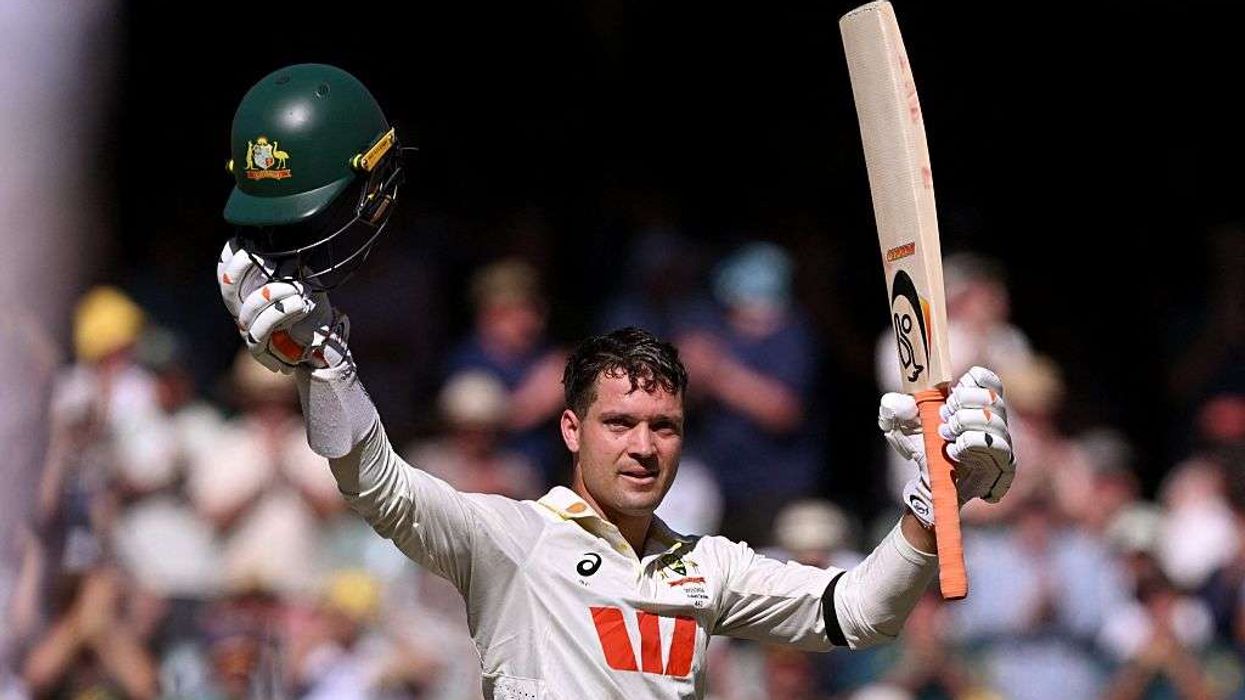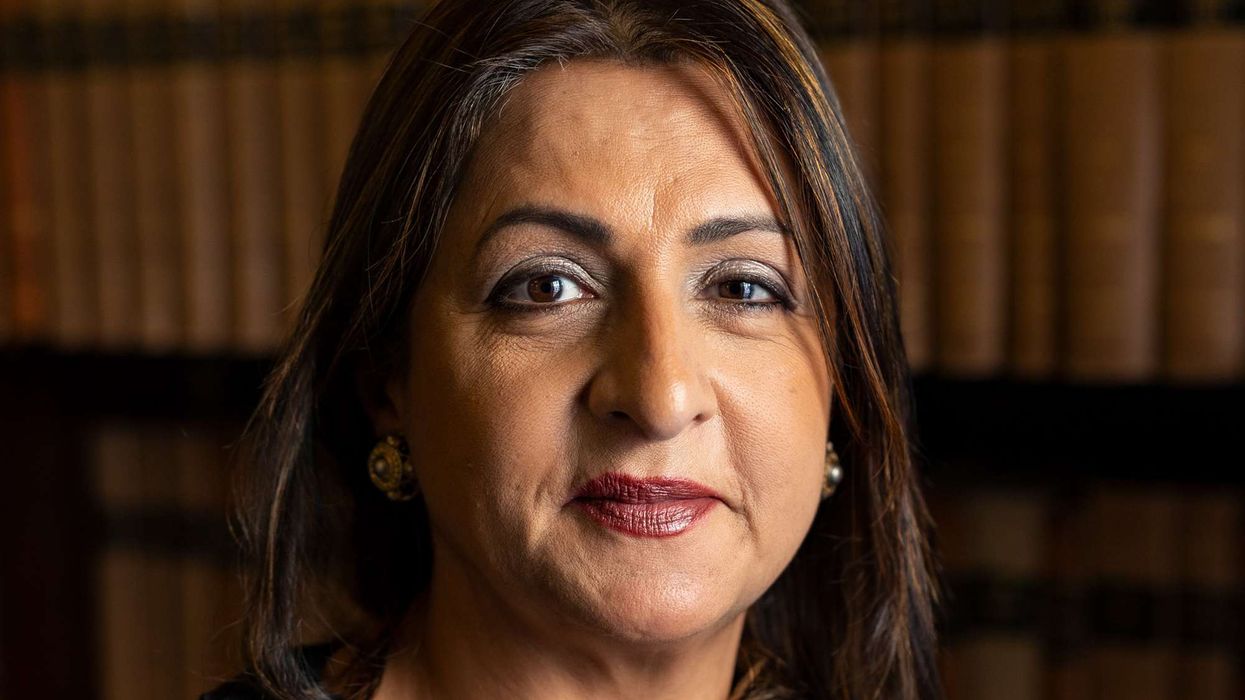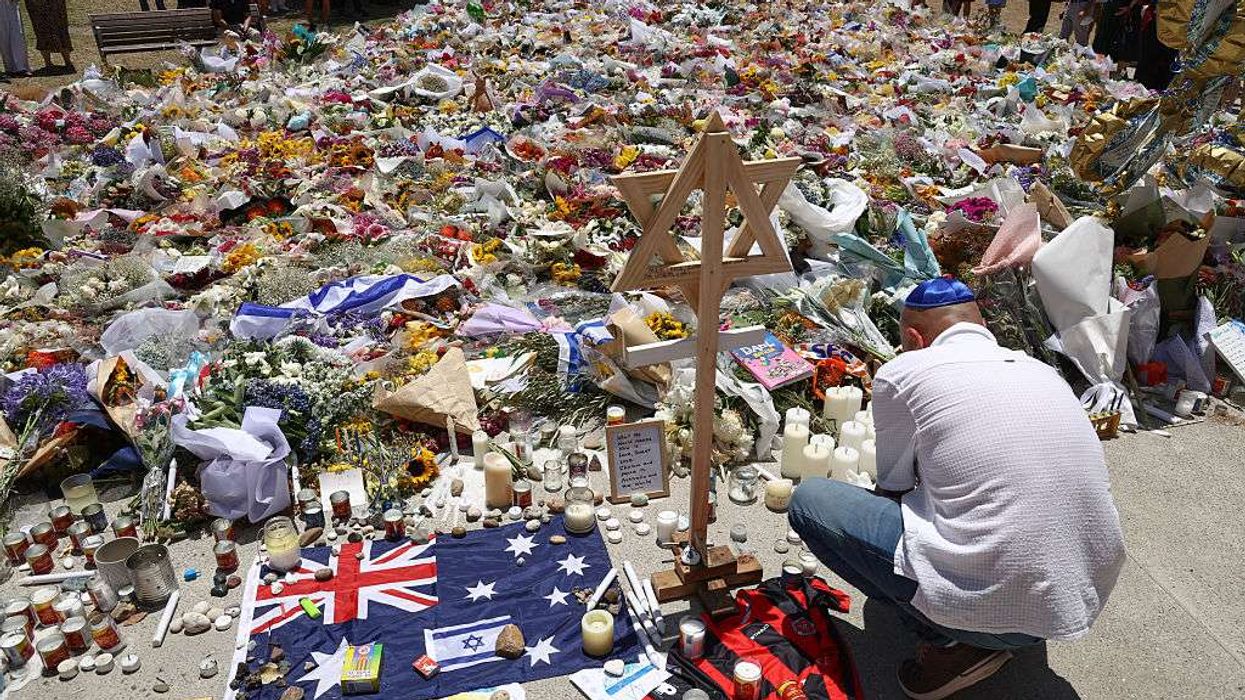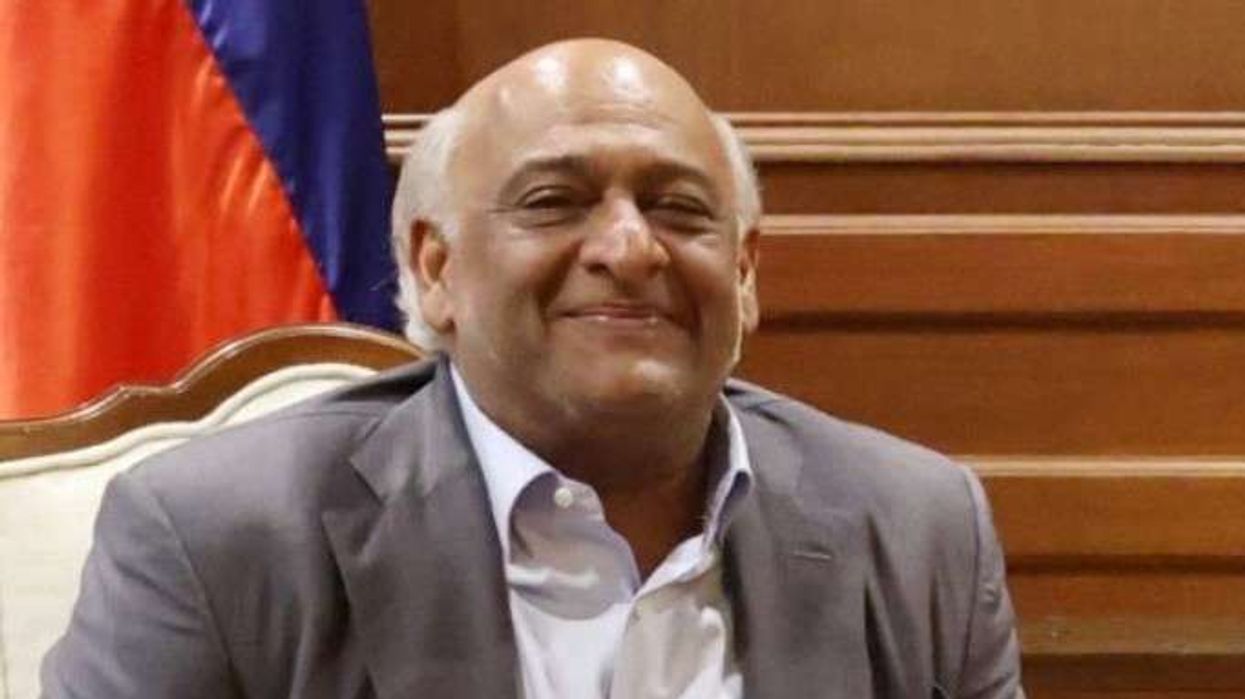JANNIK Sinner secured his second Grand Slam title of 2024 on Sunday, defeating Taylor Fritz in the US Open final and ending American hopes for a male champion at the majors after 21 years.
World number one Sinner, who won his first Grand Slam at the Australian Open in January, became the first Italian man to win in New York with a 6-3, 6-4, 7-5 victory.
The 23-year-old’s win was his 55th match victory of the season and his sixth title.
While Carlos Alcaraz, 21, took the French Open and Wimbledon titles earlier this year, both Alcaraz and Sinner are now established as leading figures in tennis's new era.
"This title means so much," said Sinner, who had faced scrutiny after it was revealed he had failed two drug tests but received no sanction.
"The last period of my career has not been easy, but I have my team and family who support me. I love tennis, but off court there is a life also. I want to dedicate this trophy to my aunt because she is not well and I don’t know how much longer I will have her in my life. She has been a very important part of my life and still is. It’s nice to share this with her."
World number 12 Fritz was aiming to become the first American man to win a major since Andy Roddick in 2003. He had strong support from the 23,000 fans at Arthur Ashe Stadium, including celebrities like Taylor Swift, Travis Kelce, and Matthew McConaughey.
"It has been an amazing two weeks. Congratulations to Jannik, he played a great match. He was very impressive and was too good today," said Fritz.
"I'm sorry I couldn't get it done, but I will keep working and feel I will get it next time."
Sinner broke early in the first set before Fritz levelled the score at 2-2. However, Sinner regained control and took the set after Fritz sent a backhand long.
In the second set, both players held serve until Sinner broke in the 10th game to take a two-set lead. By then, he had committed just nine unforced errors compared to Fritz’s 19.
Fritz gained a break in the third set but couldn’t hold on as Sinner fought back to level the score. The Italian then broke again and secured victory when Fritz hit a forehand into the net.
(With inputs from AFP)












